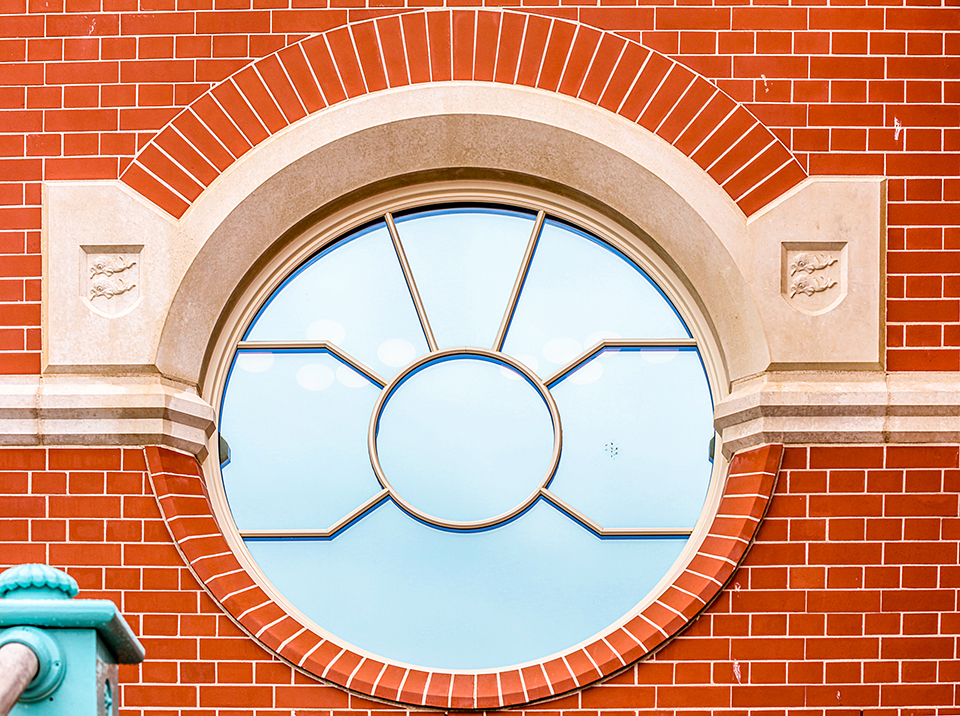Accoya wood has become a favourite among architects designing high-end projects, especially for timber windows and doors. Its design flexibility, superior performance, and reliability make it ideal for intricate architectural features that need to look beautiful and last for decades. Here’s why Accoya is the go-to choice for so many in the industry when crafting exceptional windows and doors with refined sight lines.
What Makes Accoya Ideal for Architectural Design?
Exceptional Design Flexibility for Windows and Doors
Architects love Accoya because it adapts effortlessly to various design needs, especially when sight lines are important. Accoya remains stable, resisting warping, swelling, or shrinking even when exposed to moisture. This stability allows architects to design slim window frames and sleek door profiles, creating narrow sight lines that maximize natural light and maintain a minimalist aesthetic. Accoya offers creative freedom without compromising structural integrity or weather resistance, allowing for seamless sight lines that enhance both traditional and modern designs.
Perfect for Custom Timber Creations
Accoya’s versatility shines in custom window and door projects. Its smooth surface and uniform texture ensure a high-quality finish that enhances both appearance and performance. Architects can create stunning timber windows and doors that seamlessly integrate with a building’s design. Whether aiming for a classic look or a sleek, contemporary style, Accoya is easily shaped and finished to match the vision. And with Accoya’s stability, architects can achieve those precise, narrow sight lines without worrying about the wood’s longevity or resilience.

How Does Accoya Perform in High-End Windows and Doors?
Unmatched Durability and Stability
Accoya is Class 1 (Very Durable) and has a lifespan of up to 50 years above ground and 25 years in contact with water or soil. This durability comes from a non-toxic acetylation process, which makes the wood resistant to rot, insects, and decay. For architects, this means that windows and doors made from Accoya will not only maintain those refined sight lines but also remain resilient and functional with minimal maintenance over time.
Reliable in Any Climate
Accoya’s stability is remarkable across different climates. In humid coastal areas or dry, arid regions, Accoya timber windows and doors maintain their shape and size, ensuring sight lines stay straight and unobstructed over the years. This level of reliability makes Accoya a preferred choice for architects on projects worldwide, where conditions might vary but performance and aesthetics remain a priority.
Why Do Architects Choose Accoya for Timber Windows and Doors?
Enhanced Energy Efficiency and Sight Lines
Accoya isn’t just durable; it also improves energy efficiency and offers optimal sight lines. Used in windows and doors, Accoya provides better insulation, therefore reducing heat loss. Comparatively, the insulation value of accoya is 30% better than hardwood and 8% better than hardwood. This is due to
In fact, accoya is regularly used to achieve A rated windows under the UK’s BFRC Window Energy Rating Program where other woods in the same design would not meet this standard.
This and a smaller carbon footprint. Accoya’s insulating properties make it ideal for high-performance glazing systems, helping buildings meet and exceed energy efficiency targets.
Commitment to Sustainability
Sustainability is crucial for many architects, and Accoya fits the bill perfectly. Sourced from fast-growing, sustainably managed forests, Accoya is FSC-certified and has a carbon-negative profile over its lifecycle. For architects committed to creating sustainable, long-lasting buildings, Accoya offers an eco-friendly option that doesn’t compromise on quality or performance. At Gowercroft, we use Accoya in all of our timber window and door designs, ensuring that each piece supports responsible forestry and sustainable construction practices.
Accoya: The Architect’s Choice for Timber Windows and Doors
Architects love Accoya for its design flexibility, unmatched performance, and sustainability. Whether you’re working on bespoke windows and doors with narrow sight lines or large-scale architectural features, Accoya provides the durability, reliability, and beauty that high-end projects demand. Its ability to perform well in diverse climates and its eco-friendly credentials make it the top choice for architects who want to create buildings that are both beautiful and built to last.
Interested in using Accoya for your next project?
Contact us today to learn how Accoya can elevate your timber window and door designs with its unique blend of flexibility, performance, and environmental responsibility.

